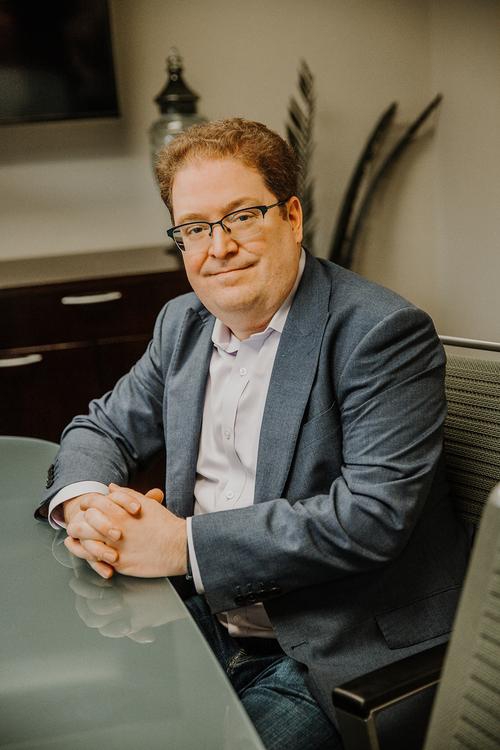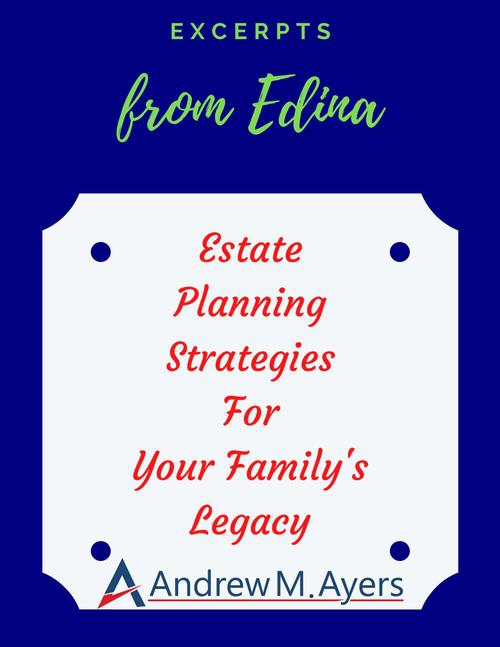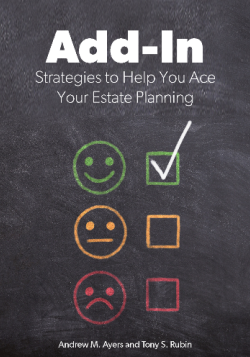 One of the more important long-term concepts in estate planning that you need to understand is a Required Minimum Distribution, often referred to as an RMD. It's a concept that we don't always spend a lot of time on with younger clients who are creating their estate plan, but it does come up from time to time. The primary reason we don't always discuss it is because it can be a concept that changes over the years.
One of the more important long-term concepts in estate planning that you need to understand is a Required Minimum Distribution, often referred to as an RMD. It's a concept that we don't always spend a lot of time on with younger clients who are creating their estate plan, but it does come up from time to time. The primary reason we don't always discuss it is because it can be a concept that changes over the years.
The main change we've seen over the years is the change in the age at which you need to begin to take your RMDs. In 2019, that age was raised from 70 1/2 to 72, and in 2023, that age is being raised again to 73. While these changes may not always seem imminent to younger couples creating an estate plan, the difference in just a year can have significant implications for your finances. It's one reason why I suggest that my clients reach out to their financial advisor to make sure they understand this concept (and if you don't have one, here's a good connection for you to start with).
Before you go too far down a rabbit hole, there's some basic information about the RMD that you should understand.
What is a Required Minimum Distribution?
When Congress created the tax benefits of retirement plans, they wanted to make sure they were used for the intended purposes. They did not want the plans to become a vehicle to avoid all taxation. In order to make sure this happened, they created the Required Minimum Distribution (RMD). The RMD generally begins at age 70 1/2 (or death if before that age).
Up until that time, you are able to accumulate money on a tax-deferred or tax-free basis. But once the rules for RMD kick in, you are required to take distributions and the rules tell you how much you must take. You must take your distribution by December 31 each year. There is no “maximum” amount of distribution that you can take (well, I guess technically the balance of the account would be the maximum). The rules only dictate the minimum that you must withdraw each year.
Beyond these basics, the usage of the RMD is a complex planning discussion. Everyone’s situation is different and as you approach retirement, you will want to talk to a professional about the RMD and how it will affect you individually.
...
From the legal side of things, your RMD age and how it can change your planning is often best discussed with your financial advisor. From there, we can make sure that we incorporate your plans for retirement and any RMD planning that is needed when we create your estate planning documents (Wills, Trusts, Powers of Attorney).
Do You Need an Estate Plan?
If you need an estate plan or maybe just need to update one you had prepared before, let's schedule a Legal Strategy Session online or by calling my Edina, Minnesota office at (612) 294-6982 or my New York City office at (646) 847-3560. My office will be happy to find a convenient time for us to have a phone call to review the best options and next steps for you to work with an estate planning attorney to get your plan prepared and implemented.




